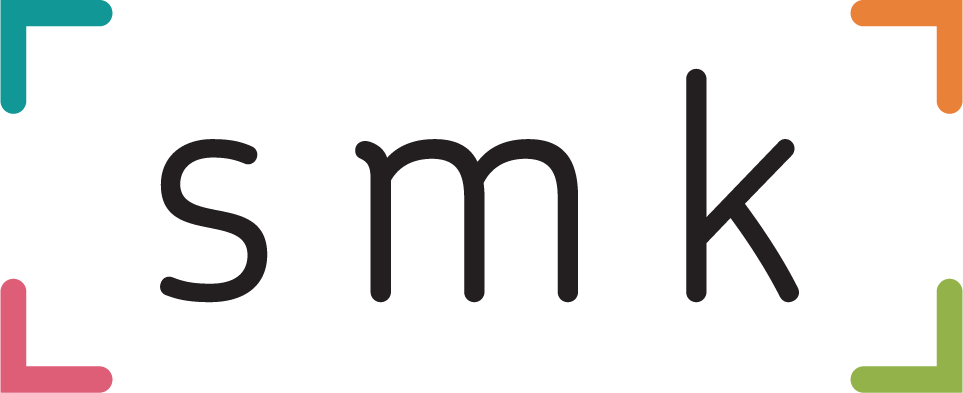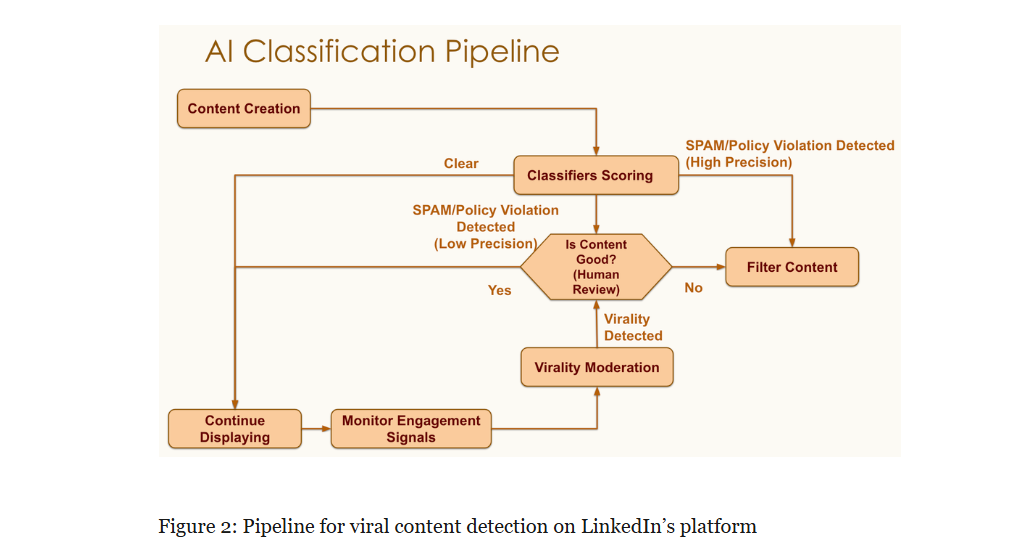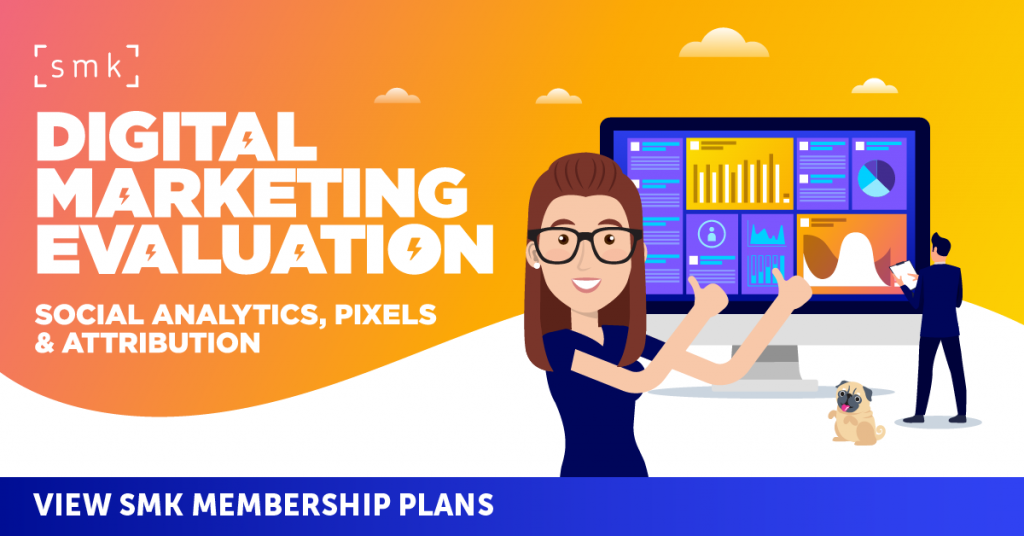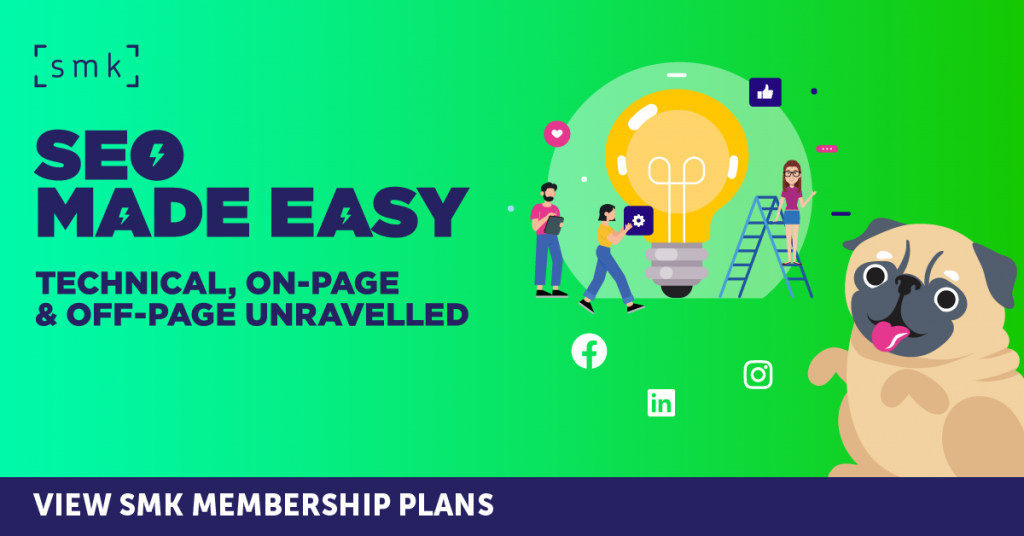LinkedIn has confirmed it is rolling back recent feed changes following user frustration over a surge in outdated posts. The platform had been testing a new algorithm designed to balance content recency with relevance. However, the update triggered widespread complaints from users who felt the feed became stale and disconnected from real-time professional activity.
The changes, first noticed in June, were part of an experiment that aimed to highlight important career updates such as job changes or promotions that users might have missed if they hadn’t logged in for several days or weeks. While well intentioned, the tweak resulted in feeds being flooded with posts that were two to three weeks old, leading to significant confusion and criticism across the network.
What Went Wrong?
LinkedIn’s intention was to address a common problem: users missing important professional milestones simply because they weren’t logged in when the post was published. In theory, surfacing older, high-value content makes sense in a professional context where updates such as job changes or industry insights retain relevance for longer than the fast-paced feeds of platforms like X or Instagram.
However, in practice, the sudden shift disrupted the natural rhythm of the feed. Instead of highlighting a few meaningful posts, LinkedIn began pushing older content aggressively regardless of timeliness. Users described seeing outdated selfies from conferences, expired job announcements and stale commentary on old news.
The volume of these posts made the feed feel static. Tim Vanderhook, CEO of Viant, summed up the frustration in a widely circulated post: “It’s 2025, no one waits 3 weeks to ‘learn’ of something.”
LinkedIn Responds to Feedback
LinkedIn executives quickly acknowledged the issue. Bhairavi Jhaveri, B2B Communications Lead for EMEA and LATAM, addressed the backlash directly in a post, saying the dramatic change was part of a short-term test that has now been adjusted.
“Your Feed may have looked slightly different in the last few weeks… This was part of some testing we were doing to strike the right balance between prioritising relevant content vs recent content,” Jhaveri wrote. “The dramatic shift was only temporary and it will go back to feeling far more normal now.”
Gyanda Sachdeva, Vice President of Product Management at LinkedIn, echoed this in comments to Business Insider, noting the platform is trying to strike a nuanced balance. “The goal is not to suddenly make it feel like it’s all from five weeks ago,” she said. “We want to show you the most relevant updates from your network, even if that means tweaking recency from time to time.”
The Rationale Behind the Test
LinkedIn’s feed is structurally different from other social networks. Unlike platforms that reward immediacy and virality, LinkedIn’s algorithm weighs deeper signals such as who you interact with, what content you engage with, and whether the post provides meaningful professional value. Relevance, in this context, includes factors like domain expertise, existing relationships and potential business outcomes.
The algorithm considers not just engagement but intent. “It’s actually less about the likes and the watch time and the actions,” said Sachdeva. “What it’s more about is, is it creating opportunity for you and for the person who consumed the content?”
This long-term view underpins LinkedIn’s latest creator analytics tools, which now show metrics like profile views and new followers per post. These are signposts that aim to connect content with professional outcomes such as leads, collaborations or job opportunities.
Lessons for Marketers
For marketers and content strategists, the episode underscores the delicate balance LinkedIn must strike between surfacing evergreen content and maintaining real-time relevance. The test may have been short-lived, but it offers a few key insights:
-
Algorithmic trust matters: Audiences expect LinkedIn to reflect current conversations. A feed that feels outdated undermines trust and reduces engagement.
-
Content longevity is context-dependent: While some updates like job moves or major announcements remain relevant over time, promotional or time-sensitive content does not.
-
Creator performance needs new benchmarks: Traditional vanity metrics like likes or impressions are increasingly being replaced by value-driven indicators such as leads, profile clicks or meaningful connections.
As the algorithm evolves, marketers should focus on producing content that aligns with these signals. Timely, relevant and actionable content will perform better than posts created purely for reach.
Flexibility for Users
For users still seeing stale posts, LinkedIn offers a manual fix. You can switch to a chronological feed by heading to Settings > Account Preferences > Preferred Feed View and selecting Most Recent Posts. This bypasses the algorithmic sort entirely, ensuring the newest content appears first.
However, LinkedIn seems committed to continuing its testing and refinement of the algorithm, with an emphasis on making the feed more “timely, relevant, connected and conversational,” according to Jhaveri. This means more experimentation is likely to follow.
A Broader Industry Pattern
LinkedIn is not alone in re-evaluating its feed mechanics. Instagram underwent a similar shift in 2024, tweaking its recommendation algorithm to favour original content and demote reposts. In doing so, it also prioritised smaller creators, offering everyone a more equal chance of being discovered.
While Instagram’s challenge was content duplication, LinkedIn’s is one of relevance. Both reflect a growing industry consensus: social feeds need to serve users, not just algorithms. For professional platforms like LinkedIn, that means showing content that helps users connect, learn and grow in their careers without feeling like they’ve travelled back in time.
What Comes Next
LinkedIn says it will continue refining its feed based on user feedback and behavioural signals. For marketers and content creators, the best approach remains consistent: prioritise quality over frequency, and aim to deliver content that is both timely and professionally valuable.
The recent test may have missed the mark, but the intent is clear. LinkedIn wants to build a feed that supports meaningful discovery, not just momentary distraction. Striking that balance will be key to the platform’s next phase of growth.




RECOMMENDED FOR YOU
LinkedIn Streamlines B2B Influencer Marketing
LinkedIn has introduced a more intuitive way for brands…
LinkedIn has introduced a more intuitive way for brands…
LinkedIn Ad Revenue Up 18%
LinkedIn is sharpening its focus on authentic engagement, video…
LinkedIn is sharpening its focus on authentic engagement, video…
LinkedIn Launches Company Intelligence API
LinkedIn has launched a new tool designed to give…
LinkedIn has launched a new tool designed to give…